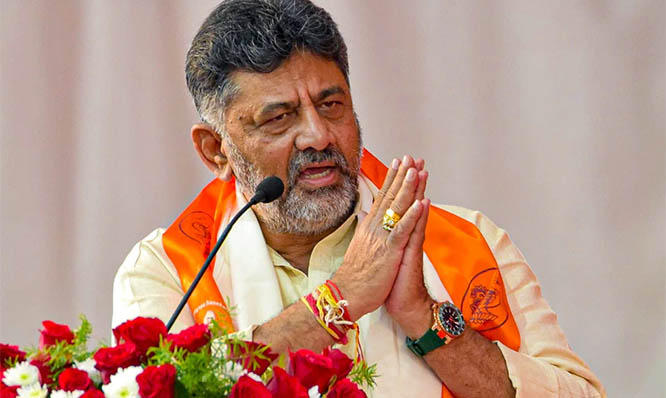Mangaluru: The Karnataka State Road Transport Corporation's Mangaluru and Puttur divisions will introduce eco-friendly electric buses on prominent routes in Dakshina Kannada district as well as inter-district destinations soon.
The state govt has sanctioned 45 electric buses to Mangaluru division and 40 buses to Puttur division. The process of handing over the vehicles is under progress.
Rajesh Shetty, senior divisional controller, KSRTC Mangaluru division said that the new electric buses sanctioned by govt are expected to arrive soon.
“Govt has sanctioned AC and non-AC electric buses. Based on a survey, we are planning to introduce the electric buses on the Mangaluru-Dharmastala, Mangaluru-Manipal and Mangaluru-Kasaragod routes. The buses will have the capacity to run about 200km after each recharge cycle of nearly two hours. Hence, it will be difficult to introduce electric buses on long- distance routes like Bengaluru and Mysuru,” he said, adding that the division also expects the arrival of more buses in the near future.
“The division has been preparing to set up charging stations at various depots and a tender process in this regard has also been initiated. While a station with the capacity of five charging points will be set up in Mangaluru depot at Bejai, another with 15 points will be opened at Kuntikana,” he said.
“Meanwhile, Dakshina Kannada district has been selected under the PM-eBus Sewa Scheme too. Accordingly, 100 electric buses will be sanctioned to the district and it is likely to arrive by next year.
Meanwhile, Mangaluru division is also likely to receive non-AC Ashwamedha Classic buses from the state govt in the next phase. The state govt is likely to sanction at least 20 Ashwamedha Classic buses to the division,” he added.
Jayakar Shetty, KSRTC Puttur divisional controller, said the 40 eco-friendly electric buses sanctioned to the division will be introduced on Subrahmanya-Dharmastala and Dharmastala-Mangaluru routes.













Comments
Add new comment